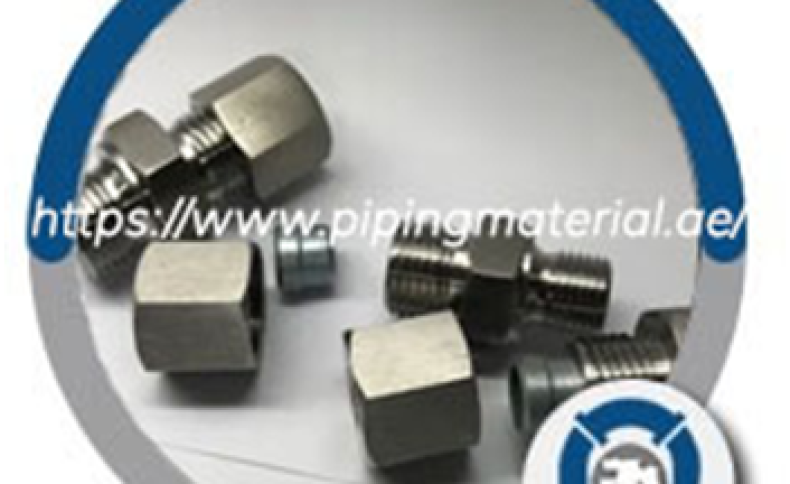hydraulic fittings
February 3, 2023 - 0 COMMENTS

What is a an hydraulic fitting?
A hydraulic grade fitting is a device that connects a range of hoses, pipes, tubes, and other equipment in the hydraulic system. These hydraulic fittings help influence the characteristics of the flow and gases in different environments. They are designed to work in cryogenic as well as high temperature conditions. Most of them have a male and female component to form a secure connection. It helps in creating a leakproof sealing while maintaining good pressure containments. The most common types of design include straight, elbow, tee, cross, coupling fittings, etc. The fitting has a pressure rating of up to 6000PSI or more with standard threads of NPT, BSP, BSPT, UNF, ISO, SAE, etc. They can either be threaded or welded in place following standard procedures. It is easy to seal utilizing an o-ring or any type of thread sealant. Its common applications include construction, mining equipment, agricultural units, oil and gas, plumbing fixtures, etc.
hydraulic fittings
What are the different types of hydraulic fittings?
There are hundreds of hydraulic fittings, but they all come down to three basic types. This includes
- Tapered threads- this is one of the very first ways to connect pipes in place. It involves cutting the pipe thread having a tapered end. The diameter of the piping equipment changes over the length of the grade. They require some form of sealant, which can be a tape sealant that can create a block in the system. It can, however, be difficult to orient and can be difficult to seal.
- Metal seal connectors- It is similar to a tapered pipe thread but has the addition of a 30 degree machine face to form the seal. This helps separate the sealing and holding features of the connector. It also makes sealing more efficient and eliminates the requirement for a sealant.
- Soft seal connectors- These are the most recent type of hydraulic connectors in the market. They utilize an elastomeric seal that helps them prevent any leakage in the system. The soft seal also helps resist the effects of vibration or high pressures. Another advantage of them is that they allow for simple assembly, which is important for high-volume environments. However, the performance of the o-ring can be affected by temperature and cause failure.
How do hydraulic swivel fittings work?
A hydraulic swivel is a device that allows the hose connection and coupling to rotate at a 360 degrees angle. These Hydraulic swivel fittings prevent the hose from tangling, twisting, or bending excessively to reduce damage. They can compensate for a sudden change in the length during pressurization and absorb any shocks in the line. Further, they help to reduce the overall cost of the operation while offering excellent flexibility and performance.
Why China manufacturing cheaper hydraulic fittings as compared to the Indian?
China has a big production fleet of plants that allows them to manufacture products in bulk. But they don’t have the required demand in their local markets. This has made them ship it out to other countries at cut prices. However, the cheap products don’t offer the same level of quality that you would expect. This is due to the fact that they’ve been mass producing without keeping an eye on it during the manufacturing phase. Even after they have produced the equipment, they don’t follow any quality assurance steps. These low levels of production have also allowed them to supply at throwaway rates. It is also believed that they are doing all this just to create a monopoly in the market and eliminate all competition. Even though they are running at losses they want to make the entire space theirs. This means that its reliability and sustainability are very low.
India hydraulic fitting suppliers have a different take on the product that makes their products slightly expensive. They believe in quality over anything, and this is quite visible in their final output. These fittings are some of the best in the market, with top of the line manufacturing facilities. To follow this up, they make use of the best raw materials in making the items. Further, they follow all the standard methods that are specified and catered to industry needs. Finally, after production, the item is subject to strict testing to eliminate any defects or flaws in it. In certain cases, they also get an expert opinion about the product from third-party inspectors. All this helps to validate the authenticity of their modules in the market. To top it all off, they have good transportation capabilities. These features have made them a more desirable supplier compared to their neighboring country.


.png)








